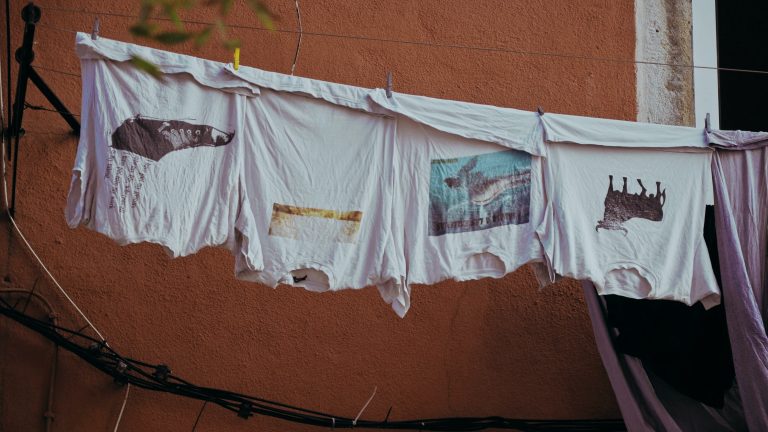What Types Of Heat Transfer Printing Is Good?
When t-shirts, work uniforms, and other items are customised using heat transfer printing, the outcome will depend on the quality of the image and the type of material used in the heat transfer process. Companies providing heat transfer printing services in Singapore use different approaches for various reasons.
These are the main heat transfer printing options commonly used.
Plastisol Heat Transfer
Plastisol heat transfer is great for on-demand prints. It takes a short time for plastisol ink to be absorbed by the fabric. Hence a great option for people pressed for time. For example, if you only need one customised t-shirt, plastisol heat transfer printing is ideal.
This type of heat transfer is perfect for cotton, polyester, and nylon fabrics. When handled well, these prints can last a long time. The other advantages of plastisol heat transfer include its affordability and use of low temperatures during the printing process. Plastisol ink is also highly visible when used on dark fabrics.
Ink-Jet and Laser Transfers
This type of heat transfer printing is not the best. The quality of the prints is usually low. Professional heat transfer printing companies in Singapore usually avoid it. However, some stores offering on-the-spot print services use this heat transfer method because it is cheap, and customers can customise t-shirts using images from their phones.
Individuals with printers can also get transfer paper and iron the printed image onto cotton t-shirts.
Heat Transfer Vinyl (HTV)
Vinyl heat transfer is excellent for adding effects to custom t-shirts and work uniforms. For example, it is an awesome choice for glitter and metallic effects. It is commonly used for the transfer of numbers and names on sports jerseys.
Sublimation Heat Transfer
Sublimation printing is one of the most favoured by companies providing heat transfer printing services in Singapore. Although it is often considered a printing method in its own right because of the unique printing process, heat is essential when transferring the print on fabric.
When sublimation ink is heated, it quickly turns from a solid to a gas state. When absorbed by the fabric, it quickly cools and turns back to solid. The ink is embedded in the fabric, such that the print fully becomes part of the fabric.
The same occurs with coasters, mugs, jewellery, puzzles, and other items customised using sublimation heat transfer. The only downside is this heat transfer method is viable when used on polyester fabric or coating.
Rhinestone Heat Transfer
While this print method is slightly different from the other print methods, the concept is the same. Rhinestone is a shiny diamond imitation commonly added to outfits for a little sparkle and decoration.
These stones have flat backs with heat-activated adhesive, which can be stuck on fabric using heat and pressure. If you have come across clothes with tiny shiny stones, they were put there using a heat transfer print method. Rhinestone heat transfer is commonly used on polyester and cotton fabrics.
In Conclusion
These heat transfer methods are used for one reason or another. When requesting custom prints, the type of heat transfer printing method used will impact the final print. It does not hurt to ask the printing company why they prefer a specific heat transfer method.




